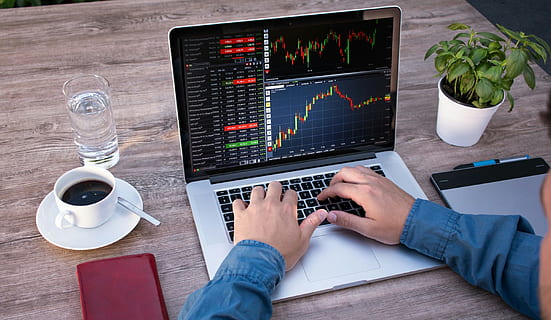Cfd trading is a highly popular approach to investing in financial instruments, as it allows traders to make profits from price movements without actually owning the underlying assets such as stocks, currencies, or commodities. While Cfd trading can be lucrative, it also carries significant risks if not adequately understood and executed. In this blog, we will share some practical strategies that can help you master Cfd trading and achieve success in this exciting market.
Understand the Market
The first step to mastering cfd trading is to understand the market you will be trading in. This means gaining knowledge of the instruments you will be trading, such as stocks, indices, commodities, etc. You should also know the factors that affect the prices of these instruments, such as economic news, market trends, geopolitical events, etc. Keeping up-to-date with market developments can provide you with the insights necessary to make informed trading decisions.
Develop a Trading Plan
To succeed in Cfd trading, you also need a well-defined trading plan that outlines your goals, risk tolerance, entry and exit points, and overall strategy. A trading plan helps you stay focused and disciplined, avoiding impulsive trading decisions that can negatively affect your portfolio. It is also important to regularly review and adjust your trading plan as market conditions change.
Apply Risk Management Strategies
Cfd trading involves significant risks, and it is crucial to manage these risks effectively. One way to do this is to use stop-loss and take-profit orders, which can help limit your losses and lock in profits. Additionally, you can adjust your trade size according to your account balance and risk tolerance, avoiding overtrading and excessive leverage. It is also vital to diversify your portfolio, spreading your risk across different instruments and markets.
Use Technical Analysis
Technical analysis is an essential tool for CFD traders, helping them identify trends, patterns, and support and resistance levels. Using charts and indicators can provide valuable insights into market movements and inform your trading decisions. However, it is important to note that technical analysis is not foolproof and should be used in conjunction with fundamental analysis and market knowledge.
Practice with a Demo Account
Finally, it is crucial to practice Cfd trading with a demo account before risking real money. A demo account allows you to test your trading plan and strategies without any financial risk, helping you refine your approach and gain confidence. Additionally, it can help you become familiar with the trading platform and features, reducing the likelihood of errors when trading with real funds.
Conclusion:
Cfd trading can be a profitable and exciting venture, but it requires careful planning, management, and execution. To master Cfd trading, you must first understand the market you are trading in, develop a well-defined trading plan, use risk management strategies, apply technical analysis, and practice with a demo account. By following these strategies, you can improve your chances of success and achieve your financial goals in this dynamic market.


